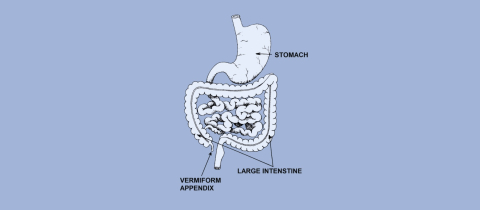Twenty-five sextillion is an inconceivably large number. Think 25 followed by 21 zeros. Now take a deep breath! You have just inhaled roughly that many molecules! Quite mind-boggling, but if you want a statistic that may leave you breathless, the single breath you just took contained at least one molecule that had once been exhaled by Napoleon, Einstein, Genghis Khan, or anyone else in history you care, or don’t care to choose. Most of those molecules are either nitrogen or oxygen but there are plenty of others, many of which would be classified as pollutants.
When we think of air pollution, what comes to mind are pictures of black smoke bellowing from industrial smokestacks or fumes spewed from diesel-fueled eighteen wheelers. However, air that appears to be totally clean can still harbour numerous pollutants that can compromise health. Of course, we are familiar with the potential of gases such as carbon monoxide and hydrogen cyanide to snuff out life, but these are minor contributors to the havoc wreaked by air pollution around the world. Much of that havoc is caused by particles that are way too small to be seen by the naked eye yet can cause disease. We are talking about ultra-fine particulate matter, particles smaller than 2.5 millionths of a meter. That’s about one-thirtieth the diameter of a human hair!
Such particles are always present in air, but to different extents. There will be far more of them in heavily trafficked cities or industrial areas than in the less densely populated countryside. The composition of these ultra-fine particles is highly variable. Some are just sub-microscopic bits of desert sand, road dust or construction cement blown about by the wind, but most are tiny bits of soot, by-products of combustion made up of a host of chemicals.
Soot is composed mainly of numerous compounds of carbon dominated by “polycyclic aromatic hydrocarbons (PAHs)” but also embedded in it are metals such as nickel, arsenic, vanadium, mercury and chromium, all of which occur in coal and petroleum. These soot particles can also pick up pesticides and fertilizers floating about, as well as nanoparticles of plastic that result from the breakdown of disposed plastics, which themselves contain a plethora of chemicals. Basically, when we inhale these ultra-fine particles, we are inhaling an incredibly complex mixture of chemicals.
There are two distinct concerns here. One is that ultra-fine particles, irrespective of their composition, can penetrate deep into the lungs, all the way into the alveoli, the tiny sacs where the lungs and the blood exchange oxygen and carbon dioxide. Here, the fine particles can irritate tissues, causing inflammation that in turn results in cell damage leading to respiratory problems and even cancer. Then there is the possibility that the particles contain actual carcinogens of which the polycyclic hydrocarbons are a prime example.
Given all that, the well-established connection between air containing ultra-fine particles and respiratory disease including lung cancer comes as no surprise. But data is now emerging about other cancers possibly being linked to air pollution. A large study in the U.S. of close to two hundred thousand women in six states, found a correlation between estrogen receptor positive breast cancer and concentration of particles in the air smaller than 2.5 microns. Such cancers are caused by disruption of the body’s natural hormones, implying that the particles contain some sort of “endocrine disrupting” substances. Suspicion focuses on the polycyclic hydrocarbons as well as on chemicals such as bisphenol A, phthalates or the notorious perfluoroalkyl substances (PFAS) that originate in consumer products and end up being absorbed by fine particulate matter.
Unfortunately, there is not much we can do about inhaling ultra-fine particles. Not breathing is not an option. Neither is moving to some remote location with pristine air. It is up to scientists and regulators to continue to find ways to reduce the emission of ultra-fine particles with some ingenious chemistry and engineering, building on some of the successful filtration and catalyst-driven technologies that have already been instituted.
As a final note, researchers have recently examined data extracted from the UK Biobank study that has collected information on sociodemographic characteristics, lifestyles and disease patterns from nearly half a million adults and found an association between ambient air pollutants and depression and anxiety. Mental health disorders cause a great deal of disability worldwide and depressive and anxiety disorders are the most prevalent of these mental conditions. Finding that these ailments may be linked to what we inhale with every breath is, well, depressing. So is the thought that with every breath we inhale molecules that were exhaled by Donald Trump.







